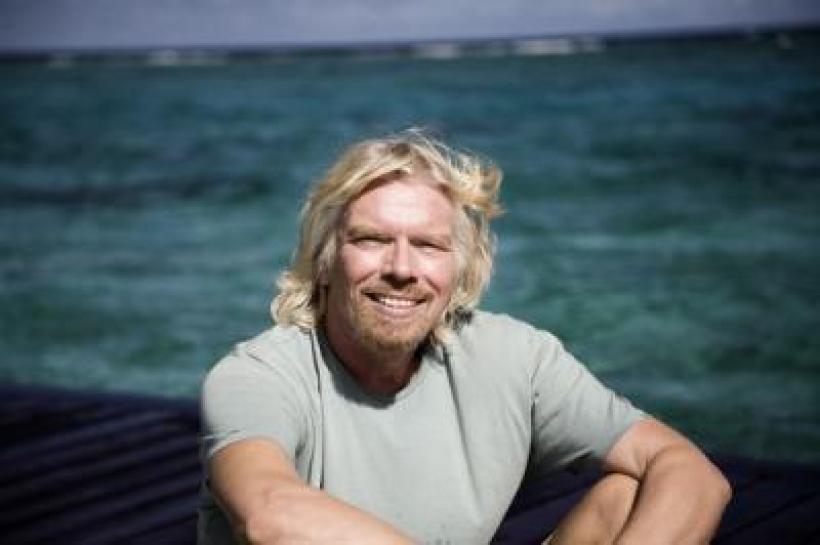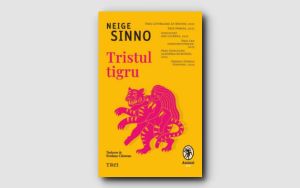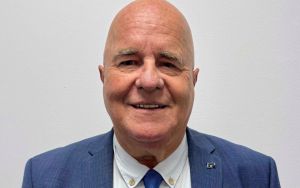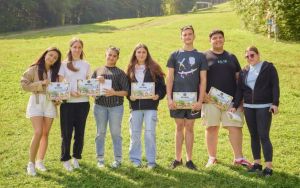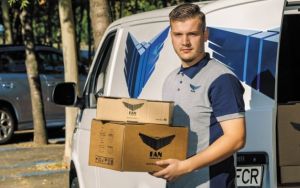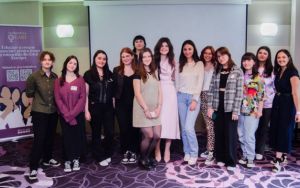This means that you must help your employees to develop the confidence needed to make decisions. From the business’s first days, you must ensure they do not feel constrained by a rigid structure, micromanagement or overregulation. While guidelines are useful for establishing a framework for the tasks ahead, an overly restrictive setup will hinder creativity and risk-taking. It will instead quickly lead to mindless repetition, lack of motivation and a slip in standards.
If you do encourage and trust your employees to use common sense, you will find that over time their solutions to problems will become more innovative, rather than less so. Make sure that experimentation is encouraged and employees aren’t afraid to make mistakes. In fact, your goal should be more than merely encouraging your employees to use common sense. Ultimately, you want their approach and solutions to become entrepreneurial or, more accurately, intrapreneurial.
An intrapreneurial team within our group that created an innovative, exciting and sustainable solution to an ongoing problem was led by Les Payne, an occupational health and safety coordinator on Virgin Blue’s engineering and maintenance staff. He kept an eye on all aspects of ground safety, including the wooden chocks used to hold plane wheels in place when they were parked at the gate. Around five years ago, he noticed that in heavy rains the chocks did not stay in place, and that this equipment wore down quickly.
Les and his colleague Ian Scott decided to redesign the chocks. They soon hit on a more environmentally friendly material: plastic that had been recycled locally. The price would be the same as the wooden ones, but the chocks would last at least six times longer.
Over time, we have been replacing the 1,000 timber chocks in use across the Virgin Blue network with the recycled plastic chocks. We were so pleased with this simple but effective measure that we reported it in internal newsletters, drafted memos to help raise awareness and also feted Les, on behalf of his team, at the Virgin Group’s Stars of the Year dinner in November, for proving that helping the environment can also help the bottom line. In 2006, both Les and Ian received an industry award for this achievement as well.
The steps to constructing a creative and free-thinking workplace are quite simple, but it really helps if the process starts at the top. The CEO needs to lead by example, by being visible and approachable in his role as the lead creative problem-solver. Give out your e-mail address and phone number, listen carefully to employees (as I mentioned last month, I always carry a notebook so I can jot things down), follow up on all problems, act on the best suggestions, and celebrate others’ creative milestones and intrapreneurial achievements.
When Virgin was small and housed in cramped offices, it was much easier for me to keep in touch with employees, but these days, I must rely on the collection of around 50 chief executives who drive forward the various businesses within the Virgin Group and who are my ambassadors and advocates for the Virgin culture we have created.
Whether you are running a small company or a large one, there are employees you may not get to speak to often, and you must rely on others to supervise them. Things to look for in your managers: Do they give out their contact info? Do they have little black books of their own? Can they tell you about employees’ good ideas and which of the best ones they acted on? Do they promote intrapreneurship within their teams? Are they intrapreneurs themselves?
A more recent example of intrapreneurialism within our group is seen in the founding of Project, our new lifestyle magazine for the iPad (www.projectmag.com). The project is led by Gio Donaldson, a principal member of our aviation team, who was so entranced by the possibilities presented by Apple’s tablet computer that he set about creating Virgin’s digital publishing company.
This was certainly not within his usual sphere of experience or operation, but we were persuaded to back his vision. He has real passion for the new medium, and was pulling in terrific new publishing and creative partners for the launch.
We launched the first edition in late 2010 in New York. Gio and Anthony Noguera, Project’s editor, have produced a visually stunning magazine that makes exceptionally innovative use of the iPad’s strengths. The first edition has sold well; we just launched the second edition.
Such switches are very helpful in broadening senior team members’ experience and helping them to remember that getting things done the conventional way is not necessarily the best way. If your top managers are intrapreneurs, you can be sure that you are a long way down the road to building a committed, engaged, creative work force guided by common sense.
